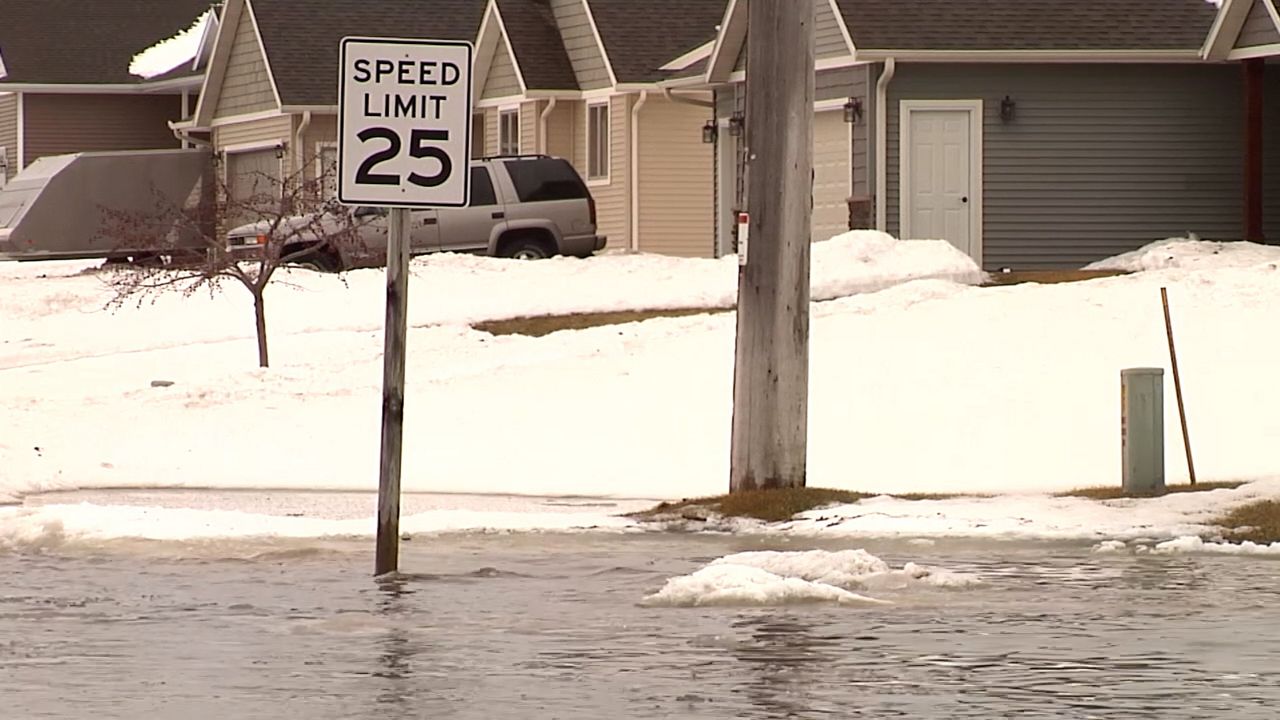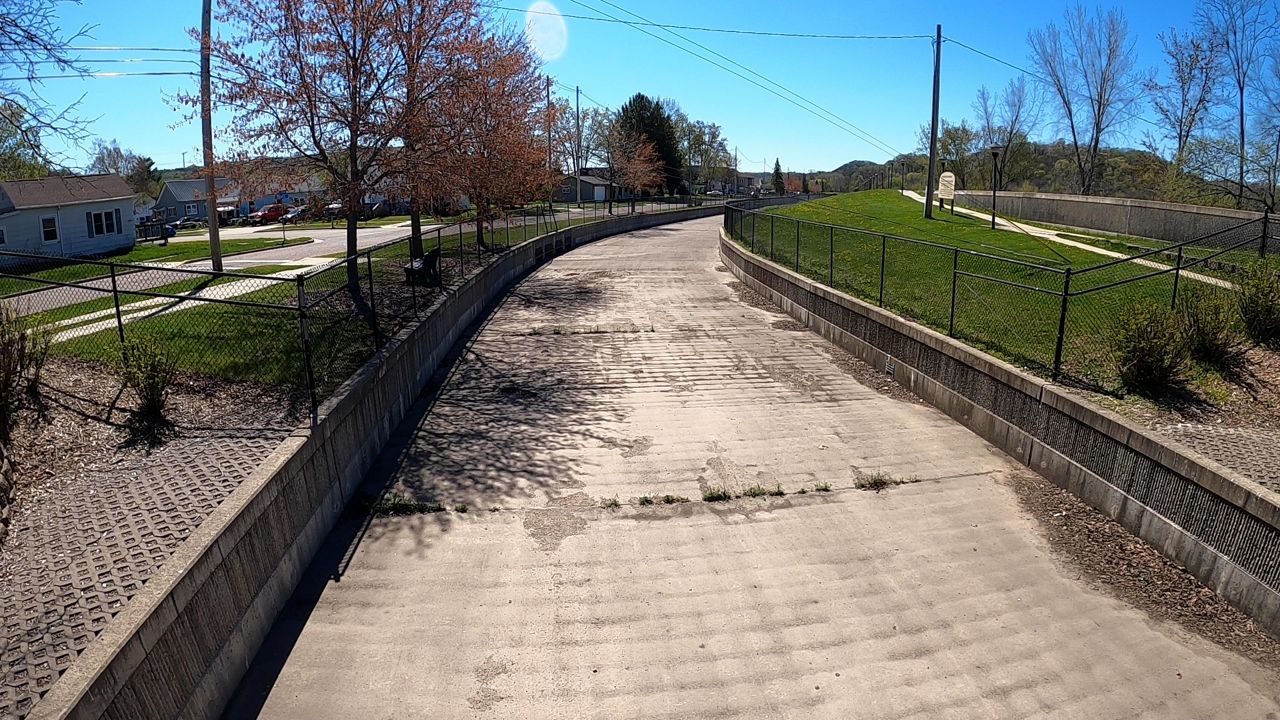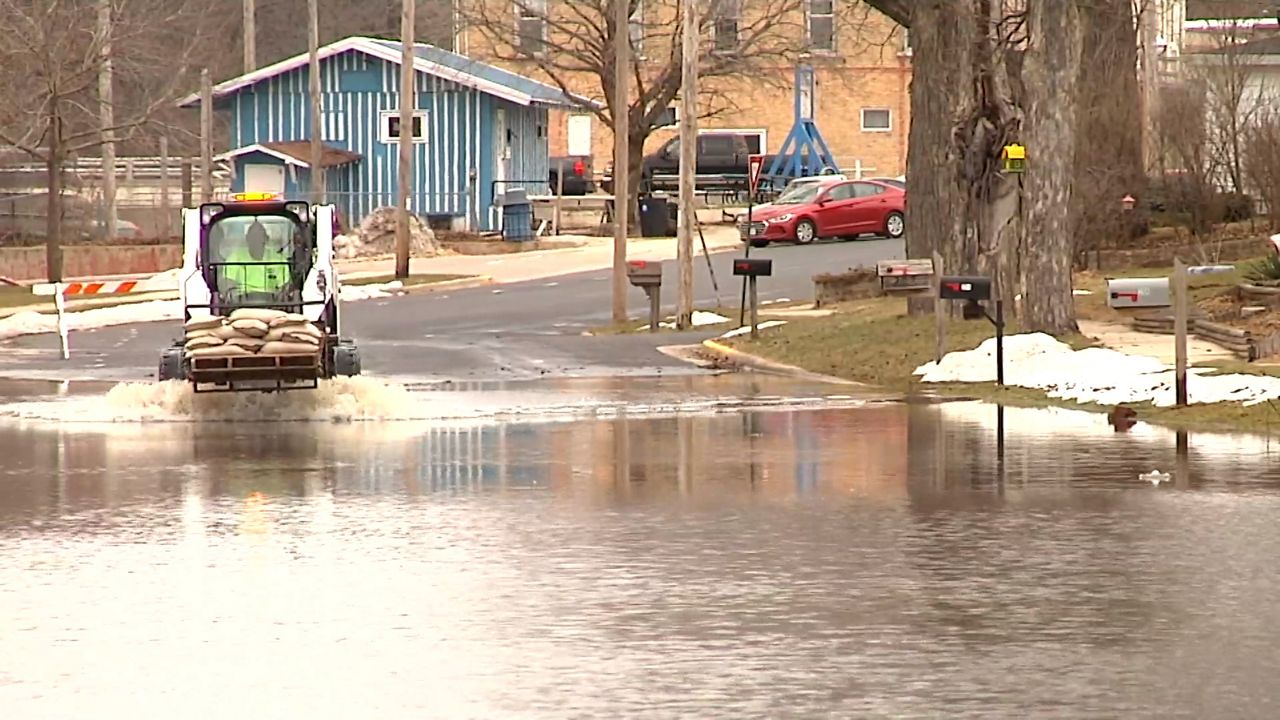MADISON, Wis. — The Federal Emergency Management Agency (FEMA) is updating the National Flood Insurance Program's pricing methodology in 2021.
The changes will result in some people paying more for flood insurance and some people paying less. FEMA said the pricing hasn't been updated in 50 years and the new methodology will use actuarial statistics using improved technology and an emphasis on creating a more equitable system.
“The new pricing methodology is the right thing to do. It mitigates risk, delivers equitable rates and advances the Agency’s goal to reduce suffering after flooding disasters,” said David Maurstad, senior executive of FEMA’s National Flood Insurance Program in a press release.

Why the change?
Shane Hubbard, a UW-Madison researcher and expert on modeling at-risk infrastructure from flooding events, said the change is looking at premiums people are paying. In the past he said people could be paying close to the same price for a $30,000 property and one worth $1 million, even though the cost to replace the building could would be very different.
“Now they are going to be looking at your actual risk to that structure, they are going to be looking at what the building is constructed out of, what is the building worth to replace it,” Hubbard said. “They also will look at depreciation.”
Hubbard said part of the reason for the change now is that there is more data available. Flood plains are digital, and emergency managers and insurers can look at location of the structure, compare it with flood data and projections, then asses what the real risk is for that building.
“Fifteen, 20 years ago we didn't have that information available to us, so they were doing the best they could with the information they had,” Hubbard said.
Hubbard said updating flood plain statistics started in the 90's, the original flood plain delineations began in the 70's. He said the flood landscape that is always changing — with infrastructure construction and urban sprawl altering landscapes while climate change alters weather.
“It really needed to happen a long time ago,” Hubbard said. “I mean we really needed to have a system where people paid actually what their risk is.”
Hubbard said FEMA likely also hopes this will help the Flood Insurance Program's financial situation. He said every year the program has been operating in the red and Congress has to come up with money to bring it back.
Making difficult decisions based off data
Richland Center, Wis. Used to experience flooding often. Into the 80's, about a third of the city was in a flood plain. So the town made the decision to construct a dike that runs more than the length of the city to absorb floodwaters when they came.
“In my opinion it was our only answer,” said Darlo Wentz, who oversaw the project when he mayor of Richland Center from 1986 to 1992.
Wentz said it was a difficult and unpopular process. Not only would they be taking a dam out and losing a popular pond in the city, but they would be buying more than 20 homes and relocating people in the process.
“Home is home, it may have flooded 10 times, or 20 times, or 30 times, but home is still home, so It was a very emotional thing for many people in the community,” Wentz said.

The project ended up costing more than $15 million — most of it paid for with federal and state grants. However, the city doesn't have a flooding problem anymore.
“It did make a big difference,” Wentz said. “Hopefully in the end it took care of a lot of financial situations for community people as far as insurance is concerned.”
Hubbard said Wisconsin is a leader in trying to move people from flood plains. He said the state offers incentives to people to move out of flood plains, and there are grant programs to help relocate people.
Risk Rating 2.0 aims to do a similar thing. The plan is still to insure people against flooding, but not necessarily insure them 100% if they are in an area that is going to continue to flood.
“We really don't want to incentive people living in flood plains because even though we can make the building whole we're putting a lot of effort and resources into reconstructing that building,” Hubbard said. “We have buildings in this country that we are constantly rebuilding.”
Hubbard said in the cases of constantly flooding buildings, insuring them completely would be so expensive that it would be unaffordable. He said the new program wants to help insure people, but also illustrate what they need to be doing to make it more flood resilient.
What will the changes look like?
Risk Rating 2.0 will roll out in two phases. Phase 1 will be on Oct. 1 and any new policy will be subject to the new insurance policies. Existing policyholders eligible for renewal can do so at that time as well. Phase II will be for all remaining policies made or renewed after April 1, 2022.
FEMA reports that The National Flood Insurance Program provides about $1.3 trillion in coverage for more than 5 million policyholders in 22,500 communities across the nation.

FEMA declined an interview for this story, but does have Wisconsin specific information listed for Risk Rating 2.0.
There are 12,900 flood insurance policies in Wisconsin according to FEMA. The agency says that 44% of those will see an immediate decrease in policy premiums. 51% of Wisconsin policies will see an increase of $0 to $10 a month. 5% will see increases greater than $10 a month.
“They're going to be looking at the risk of the building, the value of the building, where is it in the flood plain,” Hubbard said.
Hubbard said people in high risk areas should think about grabbing flood insurance now. After that they should take an assessment of the structure and think about what they can do to make it more flood resilient. Flood insurance policies don't always cover basements for example, so people with one of those policies should consider what they keep in the basement.
Hubbard said it would also be helpful for people to put water resistant components in structures. Things like ensuring a gutter isn't clogged can ultimately prevent water from getting into houses.
Hubbard said ultimately the new flood insurance system should communicate risk more effectively both to existing building owners and to prospective buyers.
“I think we haven't done a great job at communicating the overall risk to people in the past,” Hubbard said. “Again partially we didn't have the data to do it, and now people can make more informed decisions.”



